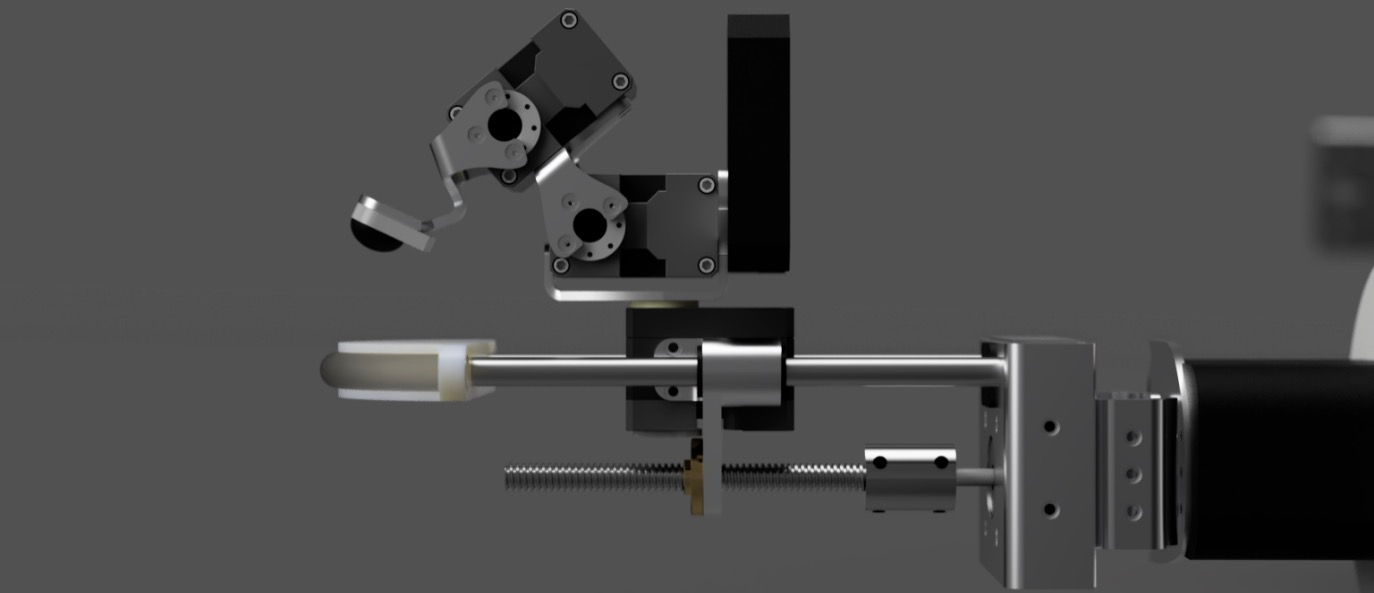Recyclops

Motivation
Textile waste is a destructive force on this globe, every day now we seem to see various news stories on how clothing waste and development causes more and more ecological damage. Problems with disposal, wastewater generation, and others are devastating to the environment (I would go through these videos/resources with your team. Basically these links cover all the facts about how bad textiles are generally).
Documentary on clothing waste - https://www.youtube.com/watch?v=bB3kuuBPVys
- Ghana’s struggles with our waste (Dead white man’s clothes) - https://www.abc.net.au/news/2021-08-12/fast-fashion-turning-parts-ghana-into-toxic-landfill/100358702
- Story on unethical behaviour - https://www.bbc.com/news/world-44968561
- Can it ever be sustainable - https://www.bbc.com/future/article/20200310-sustainable-fashion-how-to-buy-clothes-good-for-the-climate
- Issues (THIS IS IMPORTANT, THE RANGE OF DIFFERENT GARMEENTS MAKE SORTING HARD) - https://www.bbc.com/future/article/20200710-why-clothes-are-so-hard-to-recycle
- Older story from ABC - https://about.abc.net.au/war-on-waste-its-time-to-step-off-the-fashion-trend-mill/
What’s frustrating is that 95% of clothing is recyclable (https://www.thebalancesmb.com/textile-recycling-facts-and-figures-2878122 ). However, the difficulties in sorting make this nigh impossible. There are actually several companies in Australia
- There are a number of recycling companies around the globe(listed specifically in Aus)
- Blocktexx - https://www.blocktexx.com/
- TRA- https://texrecaus.com/
Description/Challenge
This research of Mr Hinwood’s PhD is the creation of robotic systems that can sort textiles based on their composition. The first step of this research is the integration of the grasping capabilities onto a robot manipulator.
The challenge of this research was to create a simple robotic manipulator which would contain the range of dexterous skills required to manipulate fabric. As humans remain one of the more dexterous manipulators of fabric. A study of the human hand was conducted to infer the structure and anthropomorphic skills required to manipulate materials was conducted to understand the skills necessary for the complete range of dexterous skills.
Solution
The study of anthropomorphic behaviour involved both surveying previous manipulators dedicated to deformable object manipulation and observing human behaviour. An attempt to compare robotic grippers to human hand behaviour was conducted. Several interesting observations were derived but broadly speaking, manipulators which could grasp clothing by dexterously dragging clothing along a surface were incapable of more dexterous skills such as grasp strength adjustment and haptic exploration.
Based on the presented challenges and descriptions. This research has resulted in the development of a simple low-cost manipulator designed to tackles textile waste challenges. The device is a serial chain manipulation structure which can grasp fabric both from the environment and adjust the grasp force where necessary. While remaining a simple device, it retains most dexterous skills that we as human beings utilise to pick and place sort clothing.
Experience
This project has presented our research centre with an opportunity to apply robotics in an environmentally assistive capacity. Going through this experience has also provided practical insights into robotic development along with the opportunity to collaborate across a range of fields. It has also provided methods by which our lab will further develop other robotic devices.
Remaining Roadmap
This project has resulted in the development of a novel manipulator that could assist in textile waste management. However, the scope has extended beyond the simple dexterous act of grasping clothing.
The remaining work is complete a pilot system that can pick and place sort clothing waste. To achieve this a ROS architecture is being created to integrated with learned vision components that can detect fabric along with deep learned dexterous skill policies enabling the robot manipulator to learn what appropriate dexterous behaviour to execute depending on task context.
With these current research goals in mind, in 2022 we seek to have an initial pilot sorting platform integrated into a textile recycling space for fabric waste.
Other resources
https://ieeexplore.ieee.org/document/9216964 - publication of gripper
Video of gripper last year - https://www.youtube.com/watch?v=rchqpX-HiRs
Academic supervisor
Damith Herath
Roland Goecke
Team Leader
David Hinwood
